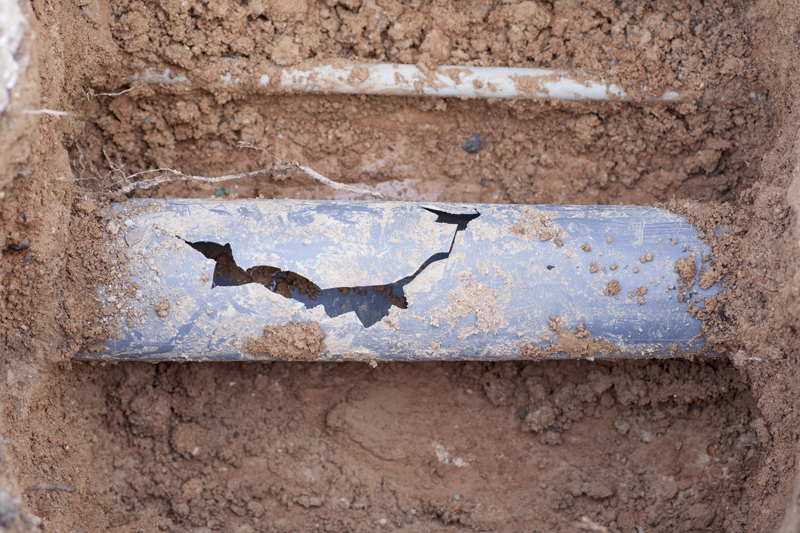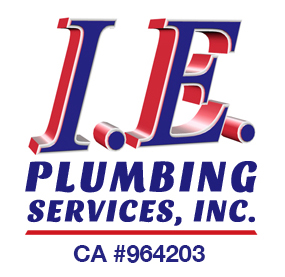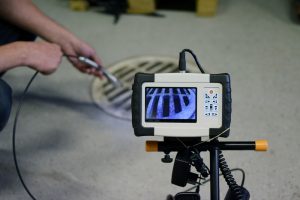
When people talk about the main sewer line, most really mean their sewer lateral. So what’s the difference? And what’s a lateral?
All drains (sink, shower, tub, floor, and so on) and toilets in a home connect up to a single sewer line that runs underground and then connects to the city sewer system at the street. The same goes for most commercial buildings as well. So it’s natural to think of that as a main. But technically and from the point of view of the city system, it’s a lateral branching off from their sewer main. That difference is important when it comes to maintenance and sewer line repair. Anything on your property is your responsibility, not the city’s
There’s another distinction. Most cities now have separate septic (infested with bacteria) sanitary sewers and storm drain sewers. With rainwater diverted, there’s less sewage that has to be processed. In turn, that makes treatment to higher levels of cleanliness more affordable.
Let’s go with everyday terms and talk about your main sewer line and its problems, from drain cleaning to trenchless sewer line repair and replacement.
Problems and Solutions
If more than one fixture in your home or business is backing up or slow running the problem is most likely some sort of obstruction in your sewer pipe. The cure could be anything from routine cleaning to complete sewer line replacement.
Clogs
Main sewer lines can be clogged by a build-up of grease and grime, just like drain lines. Clearing the clog uses the same sort of cabling (drain snaking) equipment as drain cleaning, but allows for longer distances and the larger diameter of sewer pipes. Dealing with foreign objects that got flushed may require an auger attachment. An auger can also cut through tree roots that may have grown into the line.
If you’ve had recurring problems, hydro jetting that thoroughly removes all grease and sludge may be a better solution. Sewer lines may also sag downward (bellying) resulting in faster buildups, and misaligned joints, or the roughness of corrosion can trap debris more readily. That would mean a sewer line repair or replacement. It’s good to have a sewer video inspection to find out what’s really happening.
Damage
Mis-aligned joints and corrosion can also cause leaks, making a main sewer line repair an important health issue. Older sewer lines may completely collapse. The decision between line repair & replacement is a matter of where the problem is located, its severity, the general condition of the line, and cost. It’s a good idea to lean towards replacement despite the higher costs because modern materials and installation techniques are more resistant to root intrusion, don’t corrode, and have far longer expected lifetimes, trouble-free.
Line repairs usually involve digging a single hole to access the pipe then replacing just the bad section. Replacing the full line used to always mean digging a long trench that disrupts landscaping and may require jack-hammering through driveways and walkways. Newer, yet time-tested, methods such as pipe-bursting and pipe-lining avoid all that. They involve just one or two relatively small holes.
Sewer Work is Special
Except for sewer cleaning, sewer line repair and replacement requires a special plumbing license. That’s because of sanitation concerns, including public health hazards. Depending on your location you’ll likely need a city permit and must meet specific code requirements. They include such things as the materials used, the depth of placement, and the details of service connection at the street. Plus the city may require an independent inspection prior to backfilling the trench or access holes. That can add a day or more to the time it takes, but it’s important for everyone’s health and safety.
So be sure to hire a plumbing company that has the proper certifications, understands local codes, and can perform a sewer video inspection.

 951-375-9599
951-375-9599